Search
Search Results
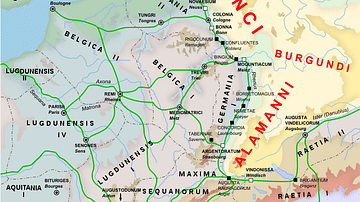
Image
Rhine Frontier of the Roman Empire, 4th century CE.
A map showing the Rhine frontier of the Roman Empire in the 4th century CE.
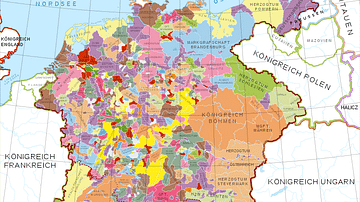
Image
Holy Roman Empire in the 13th century CE
A map in German of central Europe during the time of the Hohenstaufen Emperors, primarily showing the territories of the Holy Roman Empire and the Kingdom of Sicily. The map is a vectorised version of this map from Professor G. Droysens...
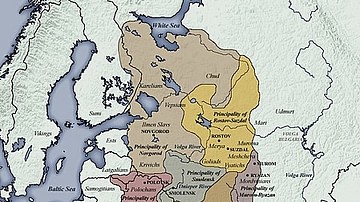
Image
11th century CE Kievan Rus Territories
Map of Kievan Rus territories during the feudal split, after the death of Prince Yaroslav the Wise in 1054 CE.
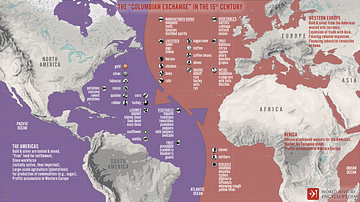
Image
The “Columbian Exchange” in the 15th century
An infographic illustrating the exchange of diseases, animals, plants, populations, and technology between the Americas, Africa, and Eurasia in the wake of Christopher Columbus' 1492 voyage across the Atlantic, known as the "Columbian Exchange"...
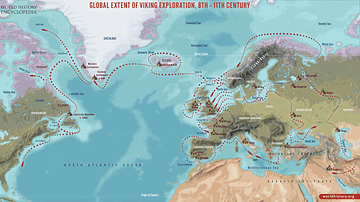
Image
Global Extent of Viking Exploration, 8th-11th Century
A map illustrating the far-reaching voyages and settlements of the Vikings during the 8th to 11th centuries, spanning much of Europe, the North Atlantic, and parts of North America. Viking explorers and traders traveled as far west as Newfoundland...
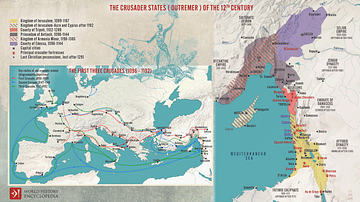
Image
The First Three Crusades and the 12th-Century Latin East (Outremer)
Maps illustrating the trajectory of a series of early military campaigns initiated by the medieval Church between 1096–1192, aiming at liberating the "Holy Land" (roughly located between the Mediterranean Sea and the Eastern Bank of the Jordan...
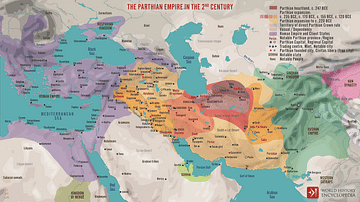
Image
The Parthian Empire in the 2nd Century
The Parthian Kingdom (also known as Arsacid, by the name of its ruling dynasty) rose to prominence c. 247 BCE in the vacuum created by the collapse of the Seleucid Empire. In the centuries that followed, the Parthian Empire grew to encompass...
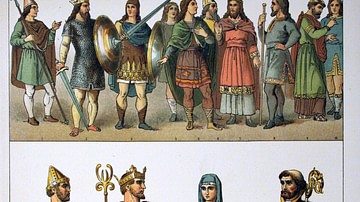
Image
Anglo-Saxon Clothing, 6-9th century CE
An illustration of the typical clothing worn by Anglo-Saxons in medieval England, c. 500 - c. 1000 CE. ('Costumes of all Nations', 1882 CE)
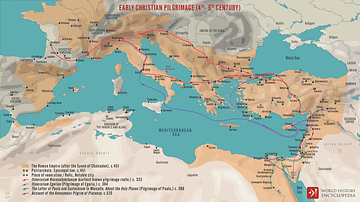
Image
Early Christian Pilgrimage (4th-5th Century)
A map illustrating the establishment of the pilgrimage ('pilgrim' comes from the Latin word peregrinus - a stranger, someone on a journey) to holy places after Roman Emperor Constantine’s conversion to Christianity in 313 CE. The idea of...
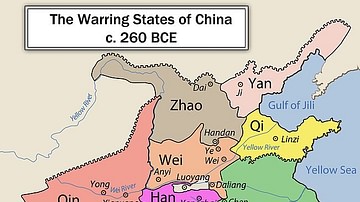
Image
Chinese Warring States, 3rd century BCE
A map showing the principle state of the Warring States Period in China c. 260 BCE.